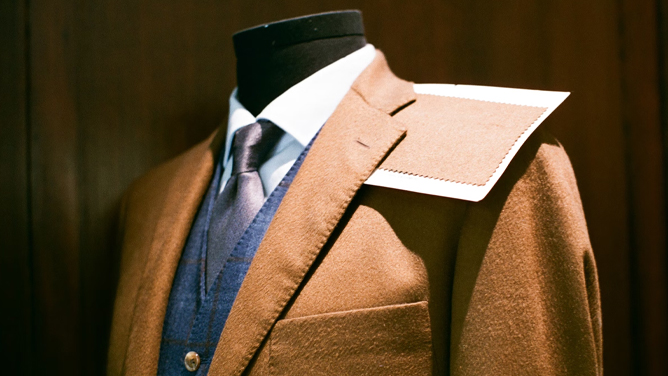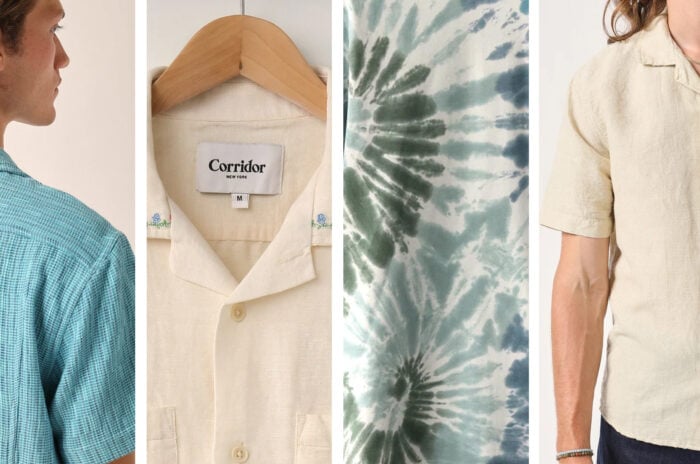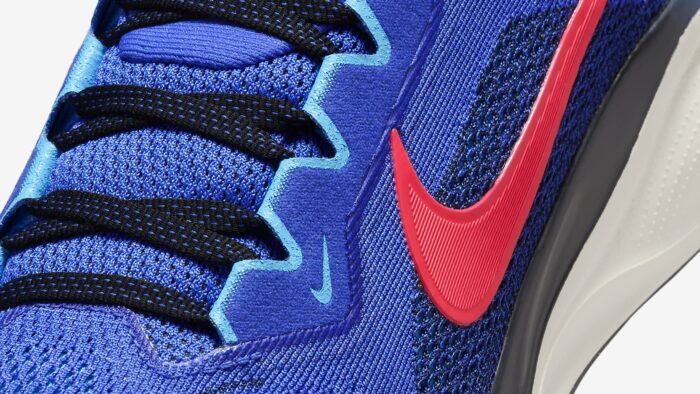When it comes to clothing, it’s no secret that you get what you pay for. The entire fashion industry is built on a tiered model. For example, you can easily get a three-pack of cotton Hanes shirts, or perhaps you want to shell out $550 for one from Loro Piana. And while it may serve the same function, sartorially speaking, there is a definite difference in expectations, quality, and (of course) price point.
This is perhaps best exemplified with suits. Off-the-rack options line department stores across the country. More bespoke options aren’t as easy to find, but are custom to your body and style–for a price. So what goes into luxury clothing that makes it so damn expensive?
While there is no cut-and-dry answer, there are a few factors that contribute to the overall cost, including craftsmanship, ethical working conditions, materials used, and brand value.

Craftsmanship
While not a hard-and-fast rule, when it comes to the most expensive menswear items you’re looking at clothing with a more tailored cut that, at some point, has been in the hands of an expert. Classic tailoring pieces usually have some level of inspection from a seamstress or tailor, meaning you’re ultimately paying for their time and experience. Further to this, mass-produced garments that are factory made are designed to promote maximum output in an efficient amount of time. Because of this, you’re not seeing the small details that make a garment special–expertly-crafted lapels, detailed hemlines, hand-sewn buttonholes–that add to the overall look and feel of a more expensive garment.
Materials
Another key factor that influences the price of luxury menswear is the quality of materials used. From fine Italian wool to soft cashmere, luxury brands are more apt to use higher-quality fabrics, as they know their clientele can more readily afford the price point that inevitably comes with it. As brands look to define their heritage, you also see more local and domestically sourced options (for example, a tailor in England may only buy from British mills). This, in turn, will contrast greatly from the cheap, flimsier fabric bought in bulk and at a heavy discount to the manufacturer.
Detailing
Beyond craftsmanship and materials, luxury garments are often characterized by attention to detail. From intricate embroidery to hand-painted finishes, these subtle embellishments add depth and personality to the garment, elevating it from ordinary to extraordinary. But this, in turn, comes with a higher end-user cost due to the hours of work that are involved from those who are applying the minute details that make the garment stand out above its more economical competition.
Exclusivity
The reality of the fashion industry is that it’s not democratic, and because of this, there is a level of exclusivity to luxury brands. Brands often look at their consumer base and see just how much people are willing to pay for their clothing. This is why Burberry can (and does!) charge upwards of $3,000 for a coat while, say, Gap may only charge around $100. Luxury brands know the limits to what their customers are willing to spend, and limit the amount of product that’s made to not inundate the market.




